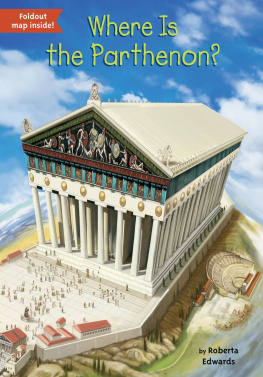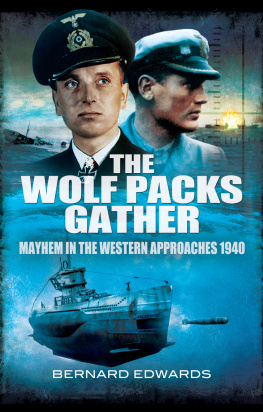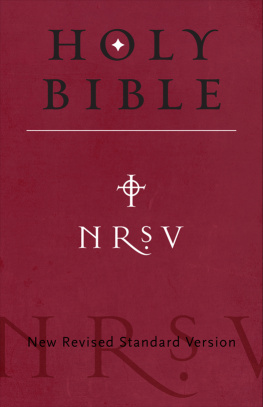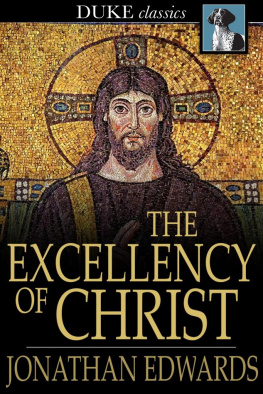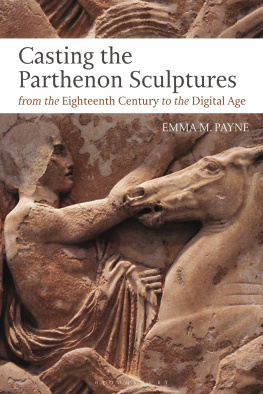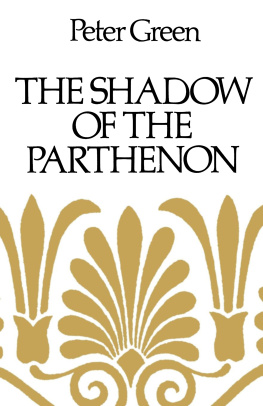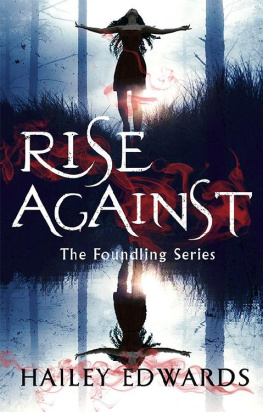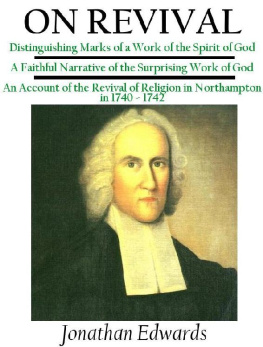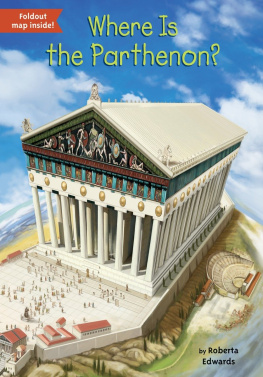Edwards - Where Is the Parthenon?
Here you can read online Edwards - Where Is the Parthenon? full text of the book (entire story) in english for free. Download pdf and epub, get meaning, cover and reviews about this ebook. year: 2015, publisher: Penguin Young Readers Group, genre: History. Description of the work, (preface) as well as reviews are available. Best literature library LitArk.com created for fans of good reading and offers a wide selection of genres:
Romance novel
Science fiction
Adventure
Detective
Science
History
Home and family
Prose
Art
Politics
Computer
Non-fiction
Religion
Business
Children
Humor
Choose a favorite category and find really read worthwhile books. Enjoy immersion in the world of imagination, feel the emotions of the characters or learn something new for yourself, make an fascinating discovery.
Where Is the Parthenon?: summary, description and annotation
We offer to read an annotation, description, summary or preface (depends on what the author of the book "Where Is the Parthenon?" wrote himself). If you haven't found the necessary information about the book — write in the comments, we will try to find it.
Edwards: author's other books
Who wrote Where Is the Parthenon?? Find out the surname, the name of the author of the book and a list of all author's works by series.
Where Is the Parthenon? — read online for free the complete book (whole text) full work
Below is the text of the book, divided by pages. System saving the place of the last page read, allows you to conveniently read the book "Where Is the Parthenon?" online for free, without having to search again every time where you left off. Put a bookmark, and you can go to the page where you finished reading at any time.
Font size:
Interval:
Bookmark:


For Ruby, who wants to make her own bookJH
GROSSET & DUNLAP
Penguin Young Readers Group
An Imprint of Penguin Random House LLC

Penguin supports copyright. Copyright fuels creativity, encourages diverse voices, promotes free speech, and creates a vibrant culture. Thank you for buying an authorized edition of this book and for complying with copyright laws by not reproducing, scanning, or distributing any part of it in any form without permission. You are supporting writers and allowing Penguin to continue to publish books for every reader.
Text copyright 2016 by Roberta Edwards. Illustrations copyright 2016 by Penguin Random House LLC. All rights reserved. Published by Grosset & Dunlap, an imprint of Penguin Random House LLC, 345 Hudson Street, New York, New York 10014. GROSSET & DUNLAP is a trademark of Penguin Random House LLC.
Library of Congress Cataloging-in-Publication Data is available.
eBook ISBN 978-0-399-54293-0
Version_1
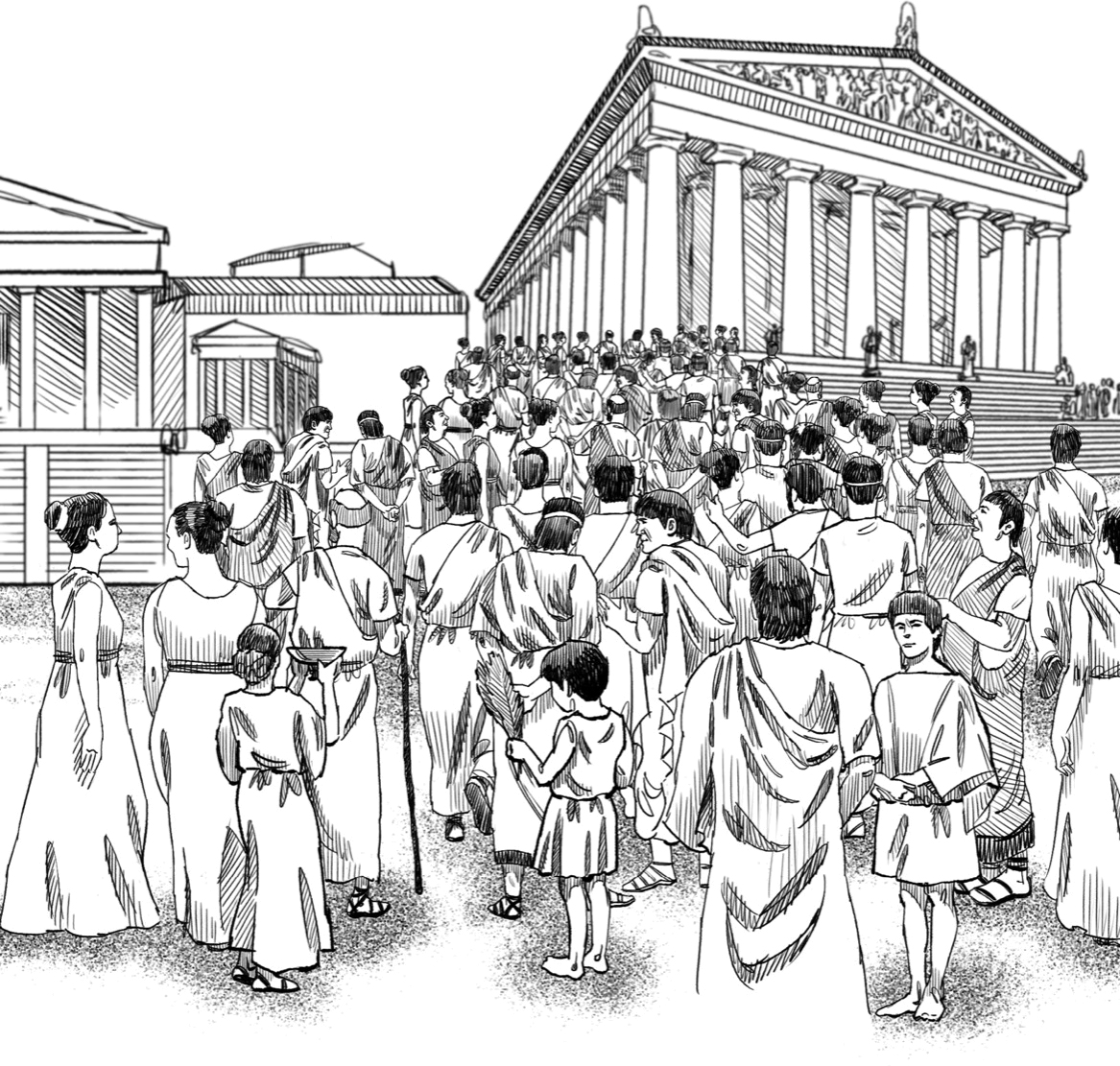
Imagine going back in time 2,500 years to the city of Athens in ancient Greece. It is just about sunrise. You and your parents leave your small mud-brick house and join a large parade of people climbing up a steep hill that rises from the center of the city. Men and womenas well as you and the other young childrenare wearing capes over loose, white tunics called chitons (say: ky-tuns). Wearing light clothing helps everyone stay cool in the heat of the sun.
Where is everyone going?
They are heading to a temple that stands on top of the hill. It is made of white marble with a ring of forty columns going around all four sides. It is called the Parthenon (say: PAR-thuh-nahn). Everyone has come here to worship the goddess Athena. The Parthenon is the goddesss special temple.
Superhumans
The ancient Greeks worshipped many gods and goddesses. But Athena, the goddess of wisdom and war, was the favorite of the people of Athens. She protected their city. Athens was named for her. Her father, Zeus, was king of the gods. He controlled thunder and lightning. His wife was Hera. Zeus was not always faithful to her, which made Hera really mad. One of Zeuss brothers, Poseidon, was king of the seas, and another, named Hades, ruled over the dead. According to legend, all the gods and goddesses lived on Olympus, the highest mountain in Greece. The gods were not all that different from human beingsexcept that they were bigger, more beautiful, and way more powerful.
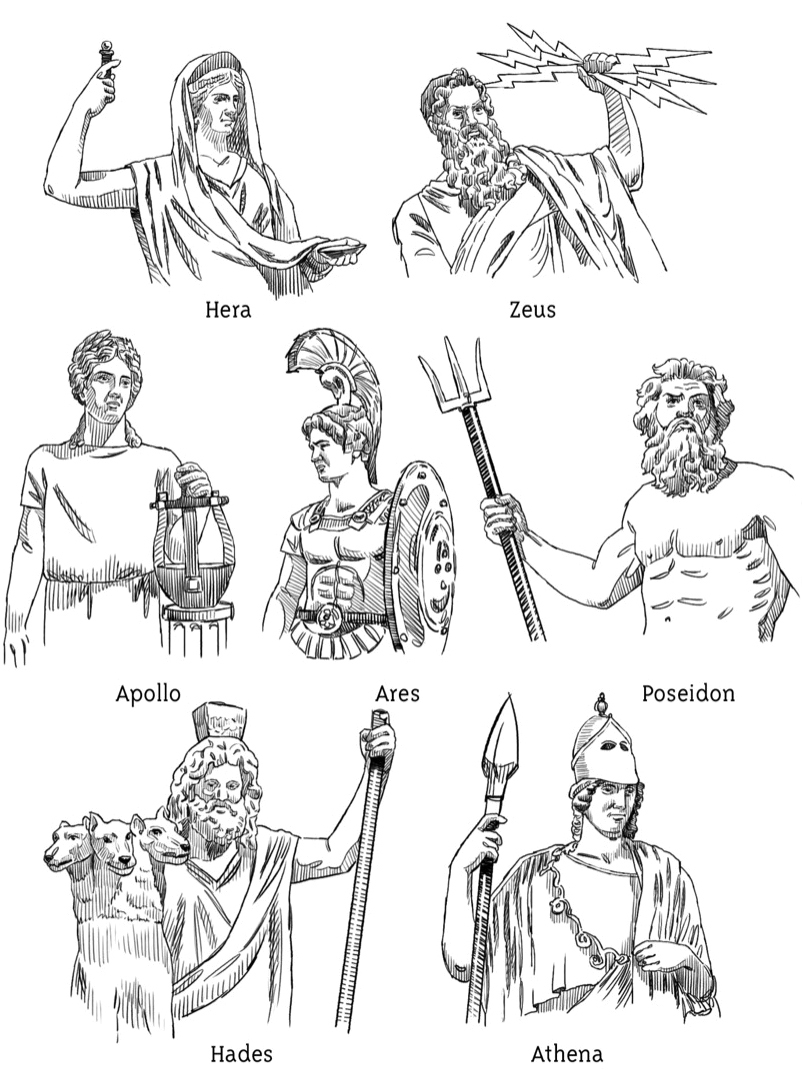
Your family follows the parade to the front of the Parthenon. The temple is decorated with brightly painted sculptures made by the most famous artists. The outside of the temple is grand and beautiful. Still, it does not compare with what you will see inside.
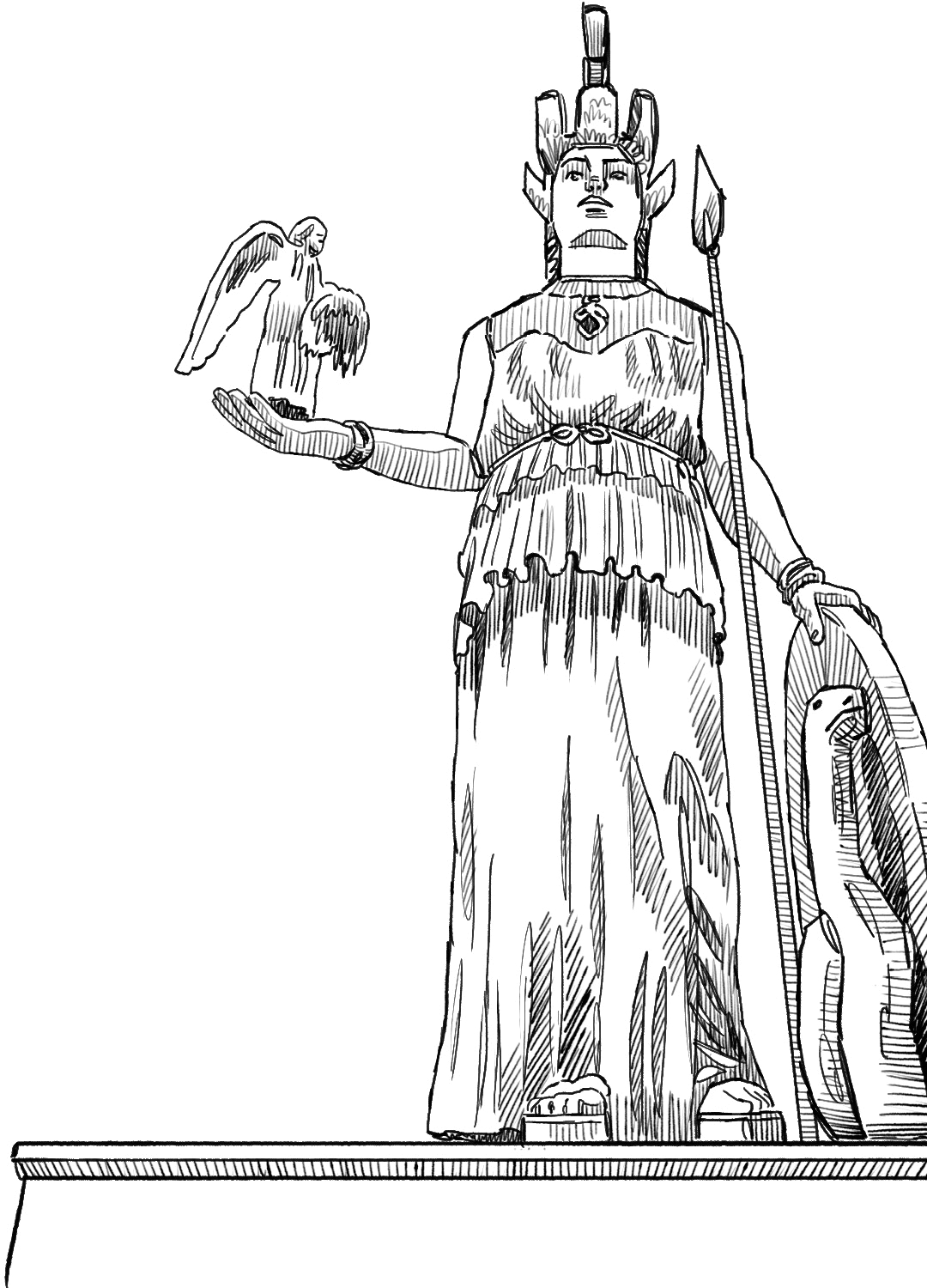
You and your family pass through the columns and enter a dark room. You gaze up. Towering above you is a statue of mighty Athena. The skin on her face is made of ivory, and her robes are covered in sheets of real goldmore than two thousand pounds of it. The goddess of war is dressed for battle. She wears a helmet, and armor over her chest. With her shield and spear, she is ready to fight against the enemies of Athens. She is a giant. She is almost forty feet tall! What harm can possibly come to your city when mighty Athena is protecting it?
Now jump ahead to modern times. You are in Athens again, on the same sunny hilltop, standing among a crowd of people snapping photos in front of the same temple.
What do you see now?
Actually, it is easier to list all the things you dont see. The paint on the temple is gone. The roof is gone. So are many of the columns and most of the sculptures on the outside of the temple. As for the giant statue of Athena, there is no trace of it or the room in which the statue stood.
For hundreds of years the Parthenon has been in ruins. Still, it remains one of the most famous places in the world. As famous as the Great Pyramids of Egypt and the Great Wall of China.
The Great Pyramids
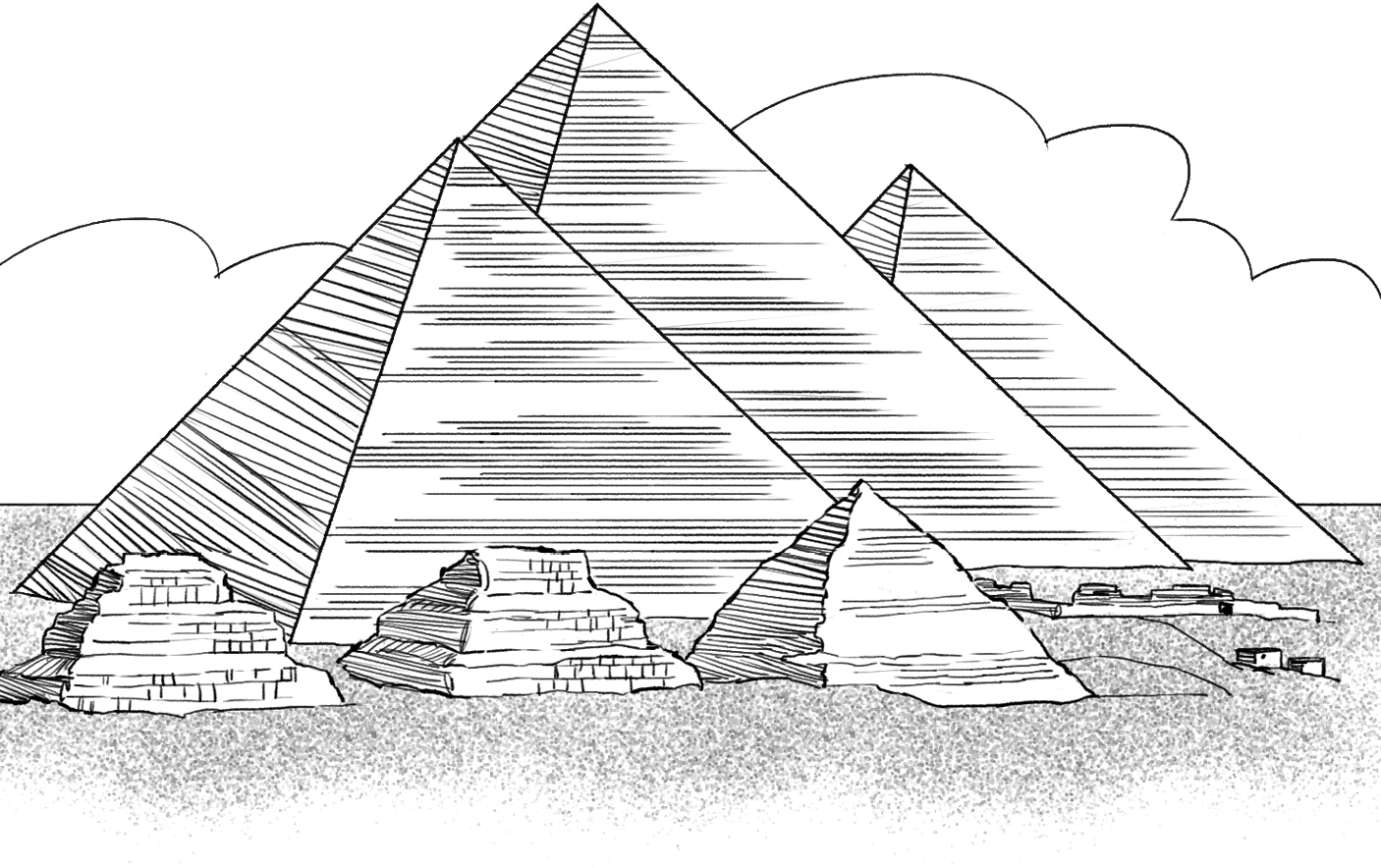
The three huge pyramids outside Cairo are far older than the Parthenon. They were built by the rulers, called pharaohs , of ancient Egypt more than 4,500 years ago.
The Great Wall of China
The Great Wall stretches for more than four thousand miles (though it was originally much longer) and was built to protect the ancient empire of China. Construction on the first part of the Great Wall began about two hundred years before the Parthenon.
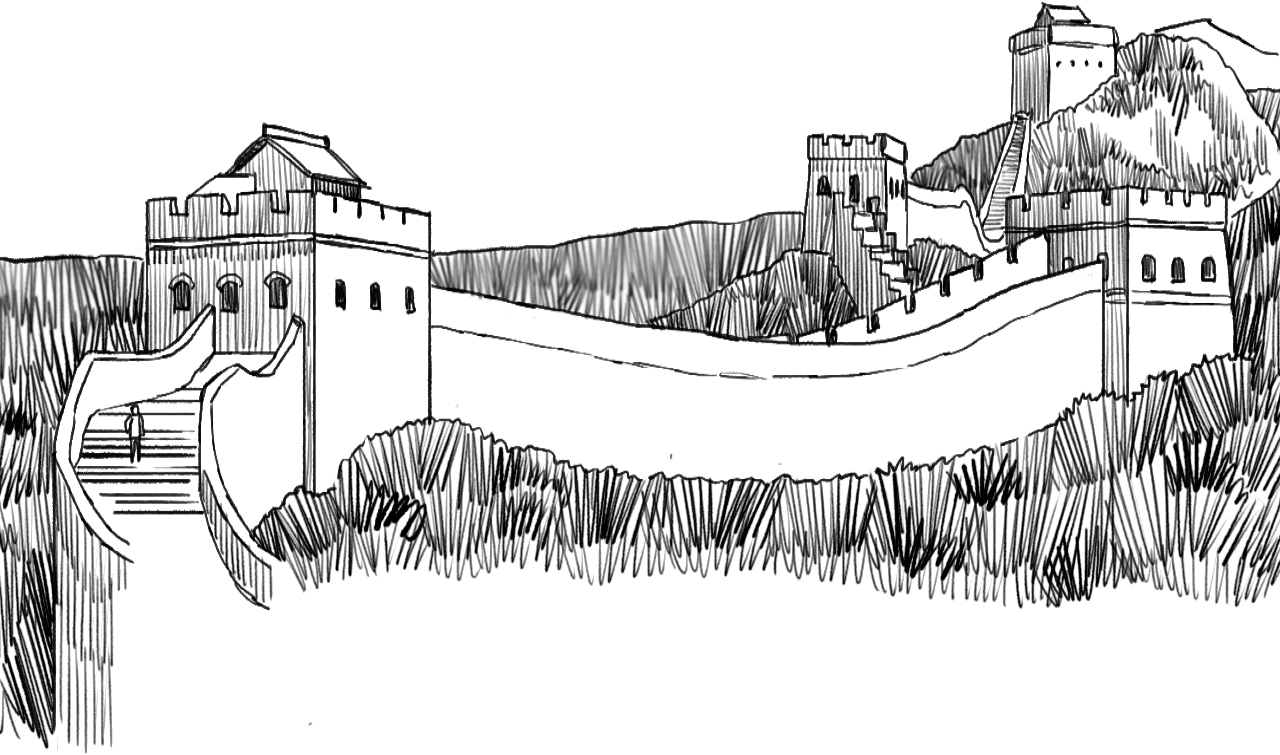
In the case of the Parthenon, it is not size that makes it so special. It is because of its beauty. Each year, throngs of tourists climb up the hill and, under the blazing Greek sun, walk around the remains of the temple. Even as a ruin, it is unforgettable.
So what happened to the Parthenon? Why was this world-famous landmark almost destroyed? And who was to blame?

Greece Today
Today, Greece is a modern nation in southern Europe that includes many islands in the Aegean Sea. The whole population is under twelve million people. (Thats about the same as the state of Ohio.) The land is very mountainous, and not much of it is good for farming. (The major product is olive oil; it comes from olive trees, which have been grown there since ancient times.) The summers in Greece are hot and dry, and it usually rains only in winter. Athens, where the Parthenon stands, is the capital and the largest city. About 665,000 people live there.
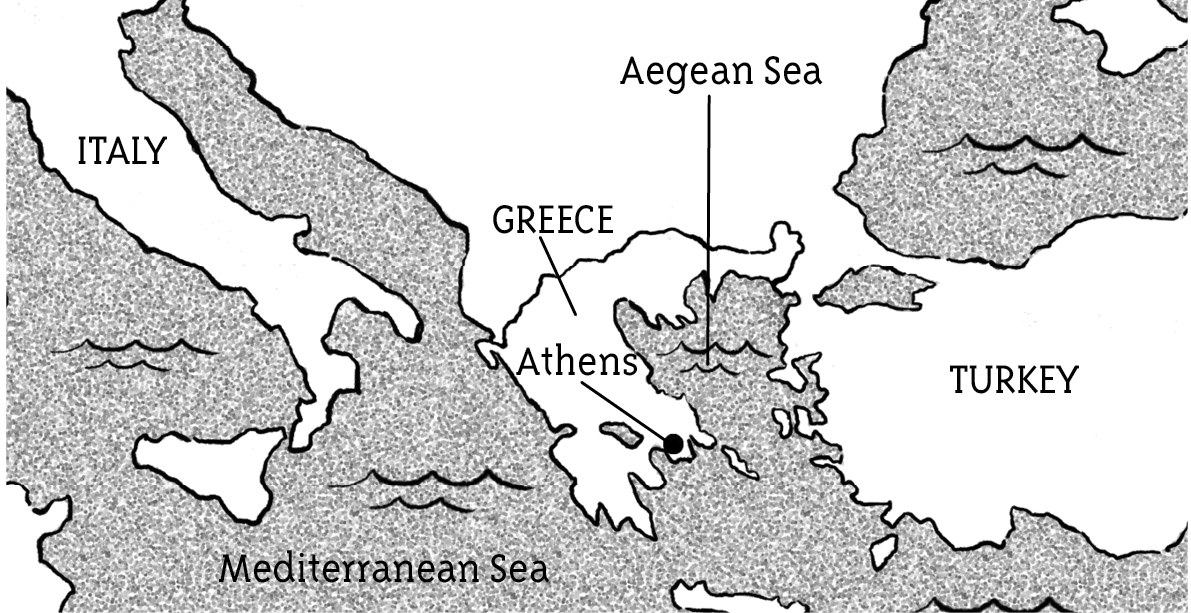
A Golden Moment, a Golden Leader
In the long history of the world, certain moments stand out because of all the new and exciting things taking place. In Athens, Greece, the middle of the fifth century BCthats about 450 years before Jesus was borncounts as one of those special times. It didnt last very longonly eighteen years. However, its still remarkable that so many incredible things happened then.
The way that people were ruled changed. For the very first time, ordinary peoplenot kings or lords, and not just rich peoplegot to have power and govern themselves. They could decide what laws they wanted to live by. These ordinary people were known as the demos, and our kind of government, democracy, comes from that Greek word. Democracy
Font size:
Interval:
Bookmark:
Similar books «Where Is the Parthenon?»
Look at similar books to Where Is the Parthenon?. We have selected literature similar in name and meaning in the hope of providing readers with more options to find new, interesting, not yet read works.
Discussion, reviews of the book Where Is the Parthenon? and just readers' own opinions. Leave your comments, write what you think about the work, its meaning or the main characters. Specify what exactly you liked and what you didn't like, and why you think so.

